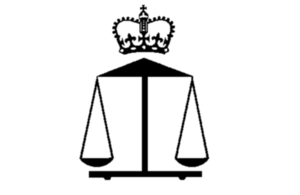Protocol for the Collection of Honey Reference Samples
Government Chemist leads work on Protocol for the Collection of Honey Reference Samples for the Construction of Honey Authenticity Databases

The Government Chemist has led work, co-funded by the UK Department for Environment, Food and Rural Affairs (Defra) and the Government Chemist, to develop a sampling protocol for the collection of reference samples used to establish/develop honey authenticity databases. This protocol, the first of its kind in the world, defines a practical and pragmatic process for obtaining reference samples at different points in the honey supply chain, and specifies what associated records, documents and other considerations are necessary for a sample to be deemed acceptable for inclusion in a honey authenticity database.
Selvarani Elahi MBE chaired a working group comprising experts drawn from key stakeholder groups, who advised on development of the protocol.
Honey is a natural complex mixture of different sugars produced entirely by bees. There are strict laws in place which set high standards for the composition and labelling of honey products on sale in the UK.
Products which declare a premium status, have a high price by weight, have complex supply chains or are subject to a spike in demand, can be particularly vulnerable to fraudsters. Honey is a globally traded high value commodity, which can have very long complex supply chains. It is amongst those foodstuffs most commonly reported as being adulterated1, predominantly by the addition of cheap sugar syrups.
Numerous analytical methods are used for the assessment of honey authenticity, comprising both single analyte methods and multi-analyte screening procedures. The interpretation of the analytical data relating to the assessment of an unknown honey sample for authenticity relies on comparison with existing reference sample data held typically within commercial reference databases. Interpretations made by laboratories can differ, often due to the use of different reference databases, which can cause confusion regarding the authenticity of the test sample. Hence, it is essential that the homogeneity, integrity, and provenance of honey reference samples used to compile authenticity databases can be assured and that the databases have a defined scope, sufficient transparency, and are fit-for-purpose.
To build trust in databases, it is essential that ‘authentic’ reference samples are defined and collected according to an agreed protocol and ideally, by third parties who are independent of the database owner. Until now no such protocol has been published for honey. It is anticipated that this protocol will help in standardising how authenticity databases are built and curated and will lead to more trust in them.
The protocol is also available on the Defra website: https://randd.defra.gov.uk/ProjectDetails?ProjectId=21120
The Government Chemist, Defra, the Food Standards Agency and Food Standards Scotland have a significant programme of work devoted to honey authenticity. Its aim is to engage and work with the honey community including researchers, enforcers, industry, and international bodies to improve current authenticity testing methods.
Updates to this page
-
Link to the publication on the Department for Environment, Food and Rural Affairs (Defra) website has been added.
-
First published.